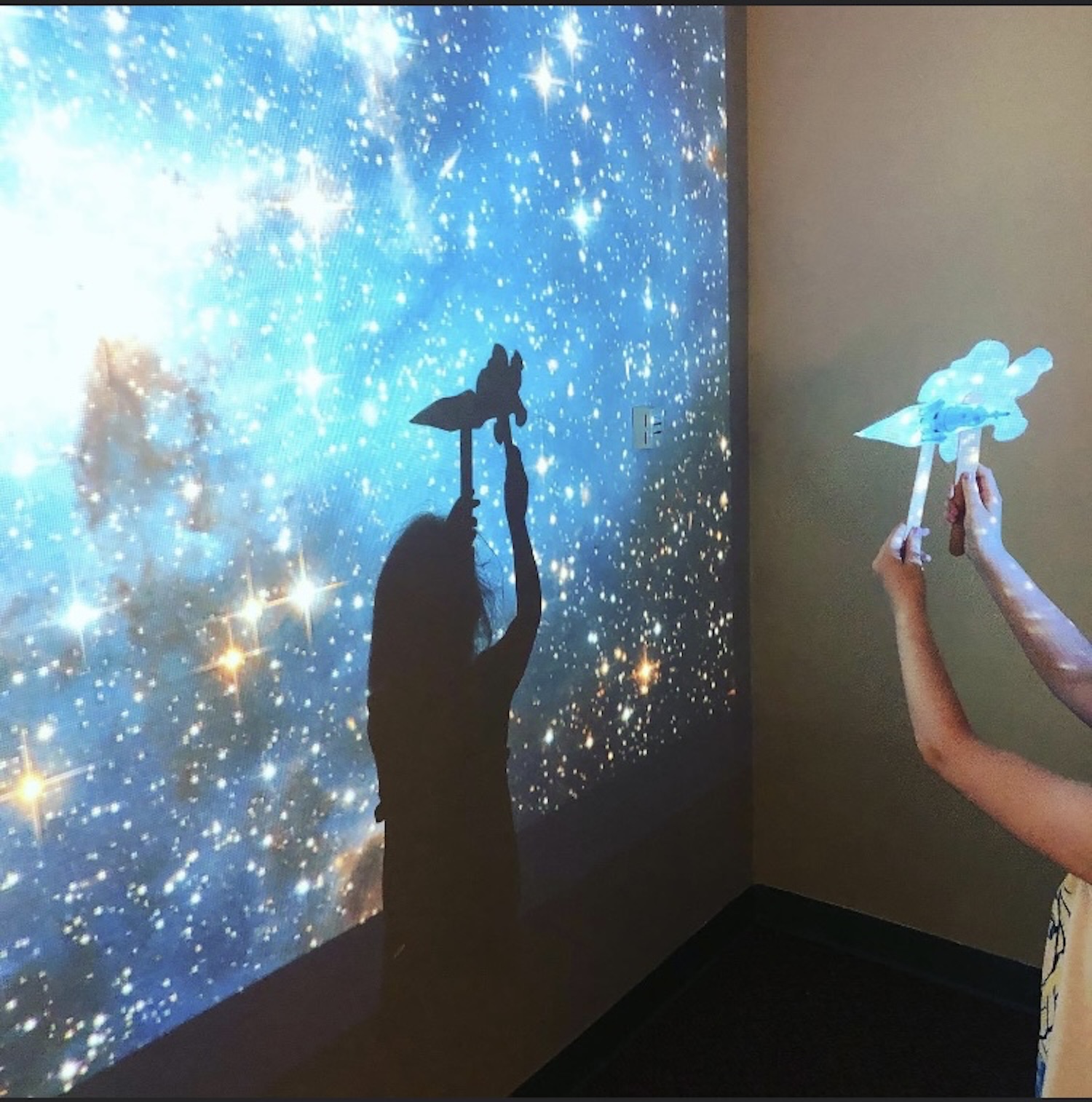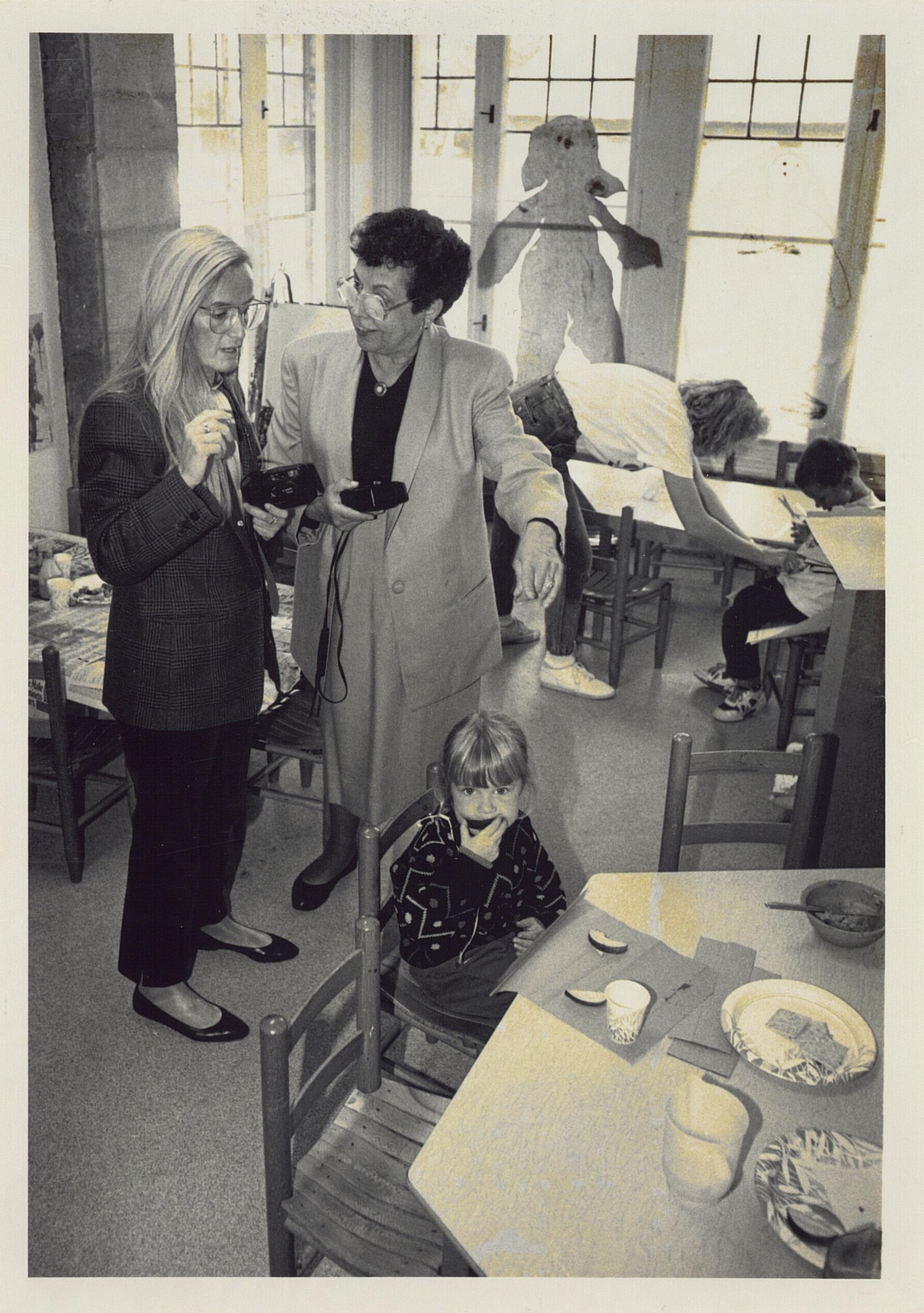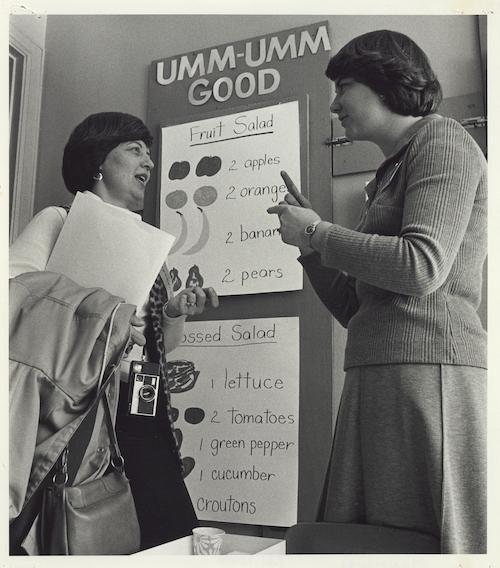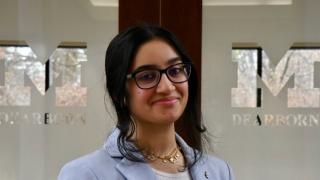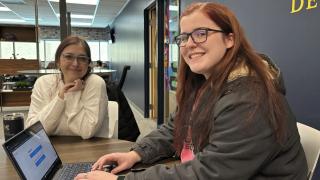During the past 50 years, UM-Dearborn’s Early Childhood Education Center has educated nearly 10,000 children — and thousands of teachers.
“It’s incredible to think about the impact that the ECEC has had on the community and beyond in these 50 years,” said Catie Stone, 2005 UM-Dearborn early education alumna. “And it’s not just on the children who were taught here or the teachers who came from the program. It’s the kids who indirectly benefited because they had a great teacher inspired by this really special place.”
Stone would know. Not only did she attend the education lab school as a child in the 1980s, she also did her teaching practicum at the ECEC as a UM-Dearborn student in the early 2000s. And later, after earning her Master’s degree, Stone landed a position as an ECEC lead teacher.
Now teaching at the school for more than a decade, Stone said she enjoys watching her former students return to the center and participate in activities like coming in as guests to read to the younger children or writing letters to share how much the center meant to them.
“The center gave me a strong sense of community at an early age; I kept in touch with my teachers. And now some of my students continue to keep in touch with me. Time has passed, but connections made here remain strong. We are a family.”
The adage says that it takes a village to raise a child. And research shows that the people in our early education systems play an important role in helping raise a child to become a successful adult. Not only does early education increase high school graduation rates by double digits, it also improves the likelihood of having a higher-earning job, owning a home and earning a post-high school education.
“It’s preparing our youngest learners for success in the future. And that’s about more than academics — it’s social and critical thinking skills too,” said ECEC Academic Director Sarah Davey. “Much at the ECEC has changed over the past 50 years. We’ve grown. We’ve changed buildings. But what hasn’t changed is our commitment to educating children through creating lesson plans around their interests and having our highly trained teachers guide a new generation of teachers. We are a family of educators who do this enthusiastically because we know the value of early education.”
And it’s this principle of community and engaged learning that the ECEC was founded on. Started as a childcare and educational co-op in 1971, faculty, staff and students would bring their children to the Henry Ford Estate — which is on the southwest side of campus — and the kids would spend the day at and around Ford’s historic mansion.

